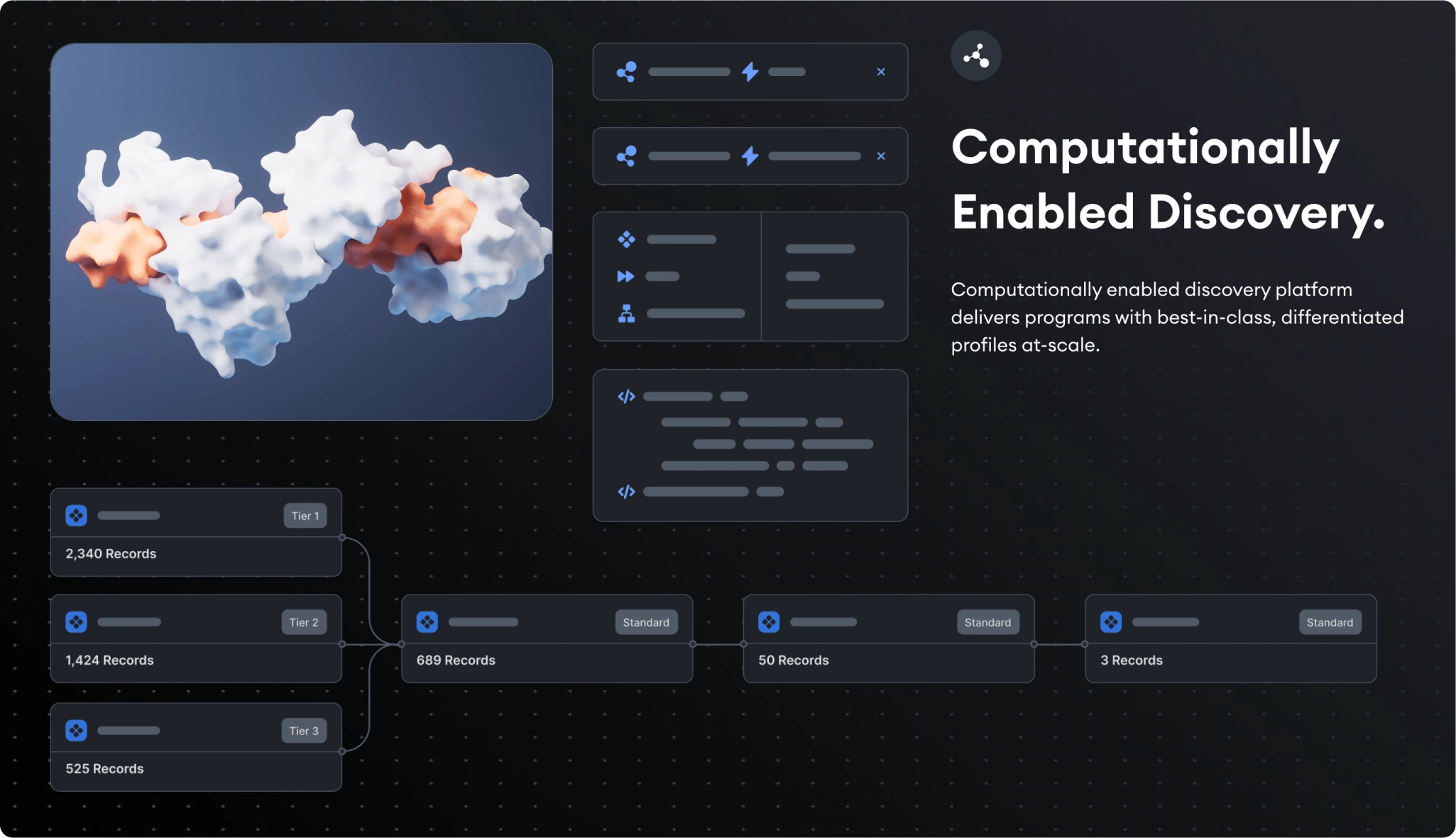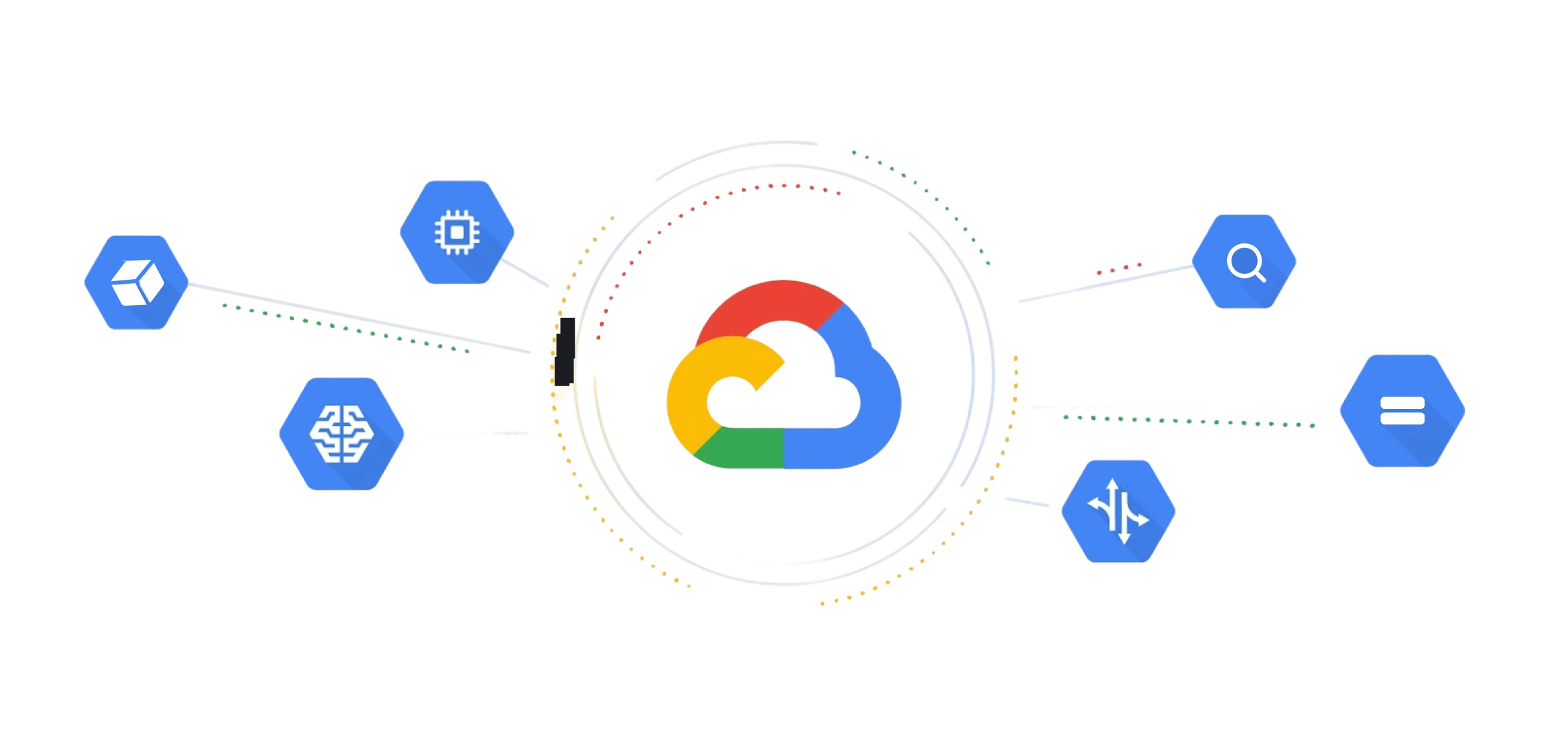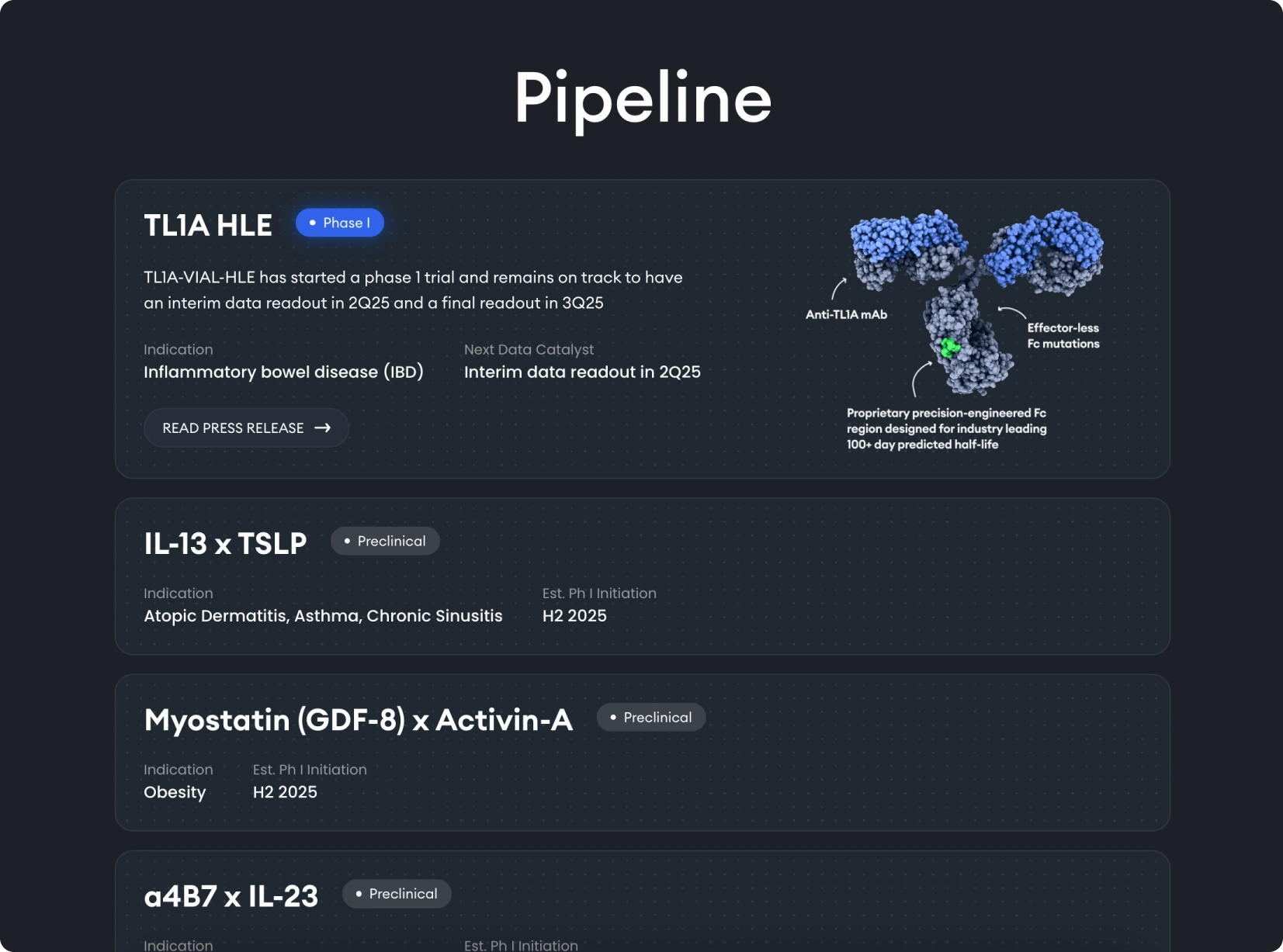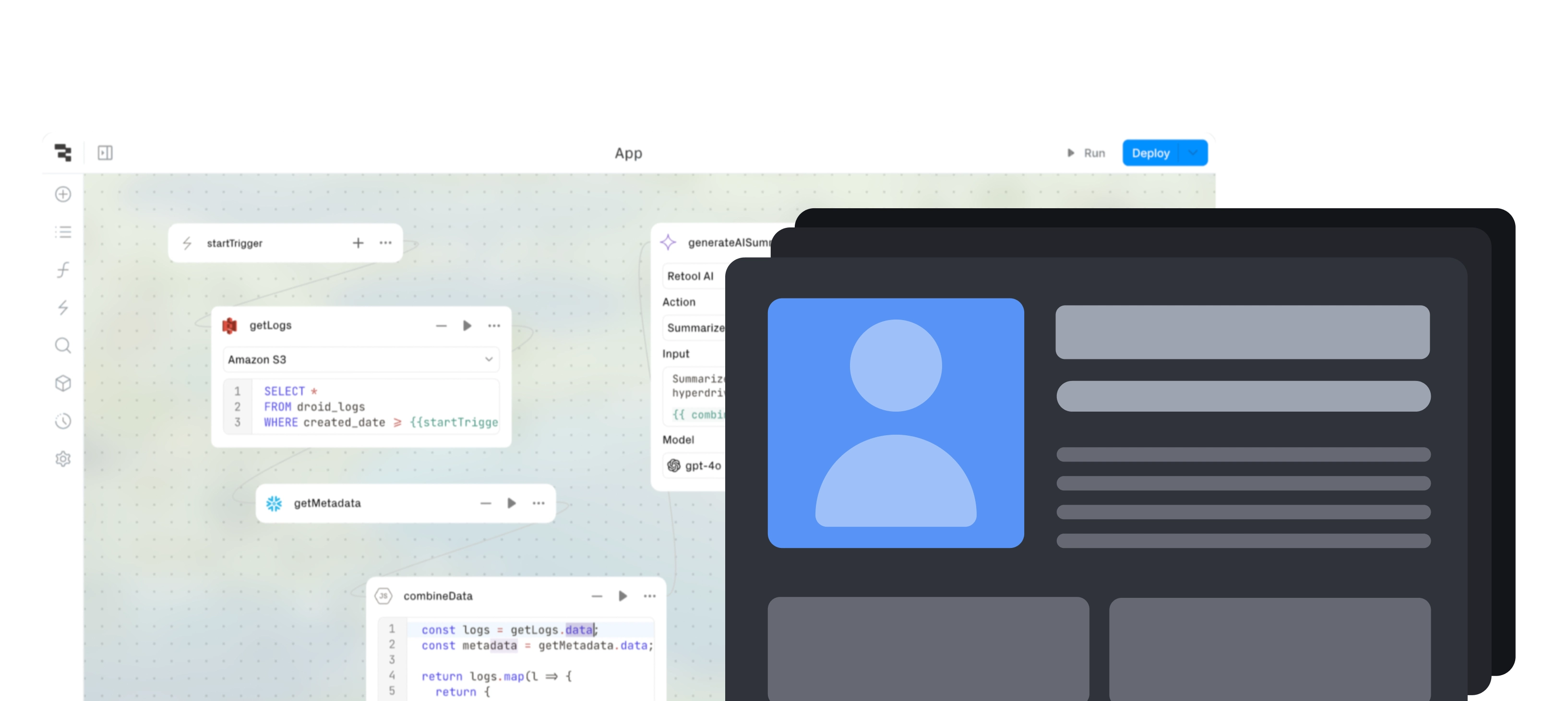Vial is reimagining drug discovery and development in order to bring effective new therapies to market faster.
With $100M+ raised, Vial is a contract research organization (CRO) that automates clinical trials and lowers their cost through a hyper scalable model. They connect with healthcare data providers to find patients that would benefit the most from taking part in current clinical trials.
THE VISION
As a result of needing to work with large amounts of data from electronic health record (EHR) APIs, CSVs, XML files, and more, Vial approached Lazer to help design, architect, and build a greenfield solution to this.
WHY LAZER?
As a partner, Lazer doesn't just build a solution — we make sure it’s the right one for the client’s needs and their future. We worked closely with Vial to understand their needs, plan the perfect solution, and build it to scale. We are experts at meeting HIPAA compliance and work with large amounts of healthcare data.




















